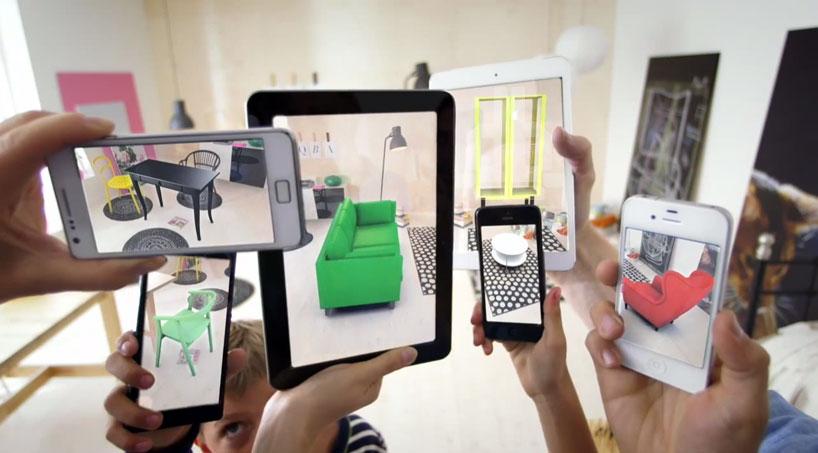The landscape of retail is evolving rapidly with the rise of virtual stores. These digital innovations offer diverse experiences that cater to modern consumers’ needs and preferences, blending technology with shopping in ways that were once the stuff of science fiction. While virtual stores do not all use VR (Virtual Reality) and AR (Augmented Reality) in the same way, they each provide unique elements that enhance the shopping experience. Here’s a closer look at the four main types of virtual stores and how they are reshaping the retail environment.
1. Fully Virtual Stores
Fully virtual stores exist entirely in the digital realm, offering a shopping experience that transcends traditional e-commerce. These stores can be digitally rendered environments or based on high-quality images of real-world retail spaces. Customers interact with these virtual stores in an immersive way, exploring aisles, viewing products, and experiencing the ambiance as if they were physically present.
Unlike conventional online shopping, where users scroll through product catalogs, fully virtual stores allow customers to “stroll” through digital aisles. This approach provides a more engaging and interactive shopping experience, making online shopping feel more like visiting a physical store, even though customers cannot physically touch the products.
2. AR Stores
Augmented Reality (AR) stores enhance the in-store shopping experience by blending virtual elements with the real world. AR technology overlays digital information onto physical spaces, creating a bespoke shopping experience that increases engagement and convenience.
For instance, AR apps can help customers visualize how a piece of furniture will look in their living room or use virtual mirrors to try on different shades of lipstick. This technology not only boosts purchase confidence by providing a realistic preview but also reduces the rate of returns by ensuring customers are more satisfied with their selections before making a purchase. With AR’s retail value projected to reach $7 billion this year, the sector is growing rapidly and reshaping consumer interactions with brands.
3. Virtual Marketplaces
Virtual marketplaces aggregate various vendors and buyers in a single online location, serving as hubs for niche goods and specialized services. Platforms like Amazon, Alibaba, and eBay are leading examples of virtual marketplaces where consumers can find a wide range of products from multiple sellers.
These marketplaces offer significant benefits for business owners seeking specialized service providers or wholesalers. For example, NuOrder by Lightspeed provides 3D renderings, 360° imagery, and shoppable videos, allowing buyers to make informed decisions about large purchases. Virtual marketplaces streamline the process of discovering and evaluating products, making them an essential tool in the modern retail landscape.
4. Social Media Stores
Social media stores represent one of the fastest-growing forms of virtual shopping. Platforms like Instagram and TikTok enable users to purchase products directly through content shared on these sites, turning passive viewers into active buyers.
This form of social commerce is expected to become a $79.64 billion industry in the US by 2025. Social media stores capitalize on the visual content that users engage with, allowing them to buy products instantly. Hashtags like #TikTokMadeMeBuyIt highlight how social media can drive consumer behavior, making it a powerful tool for brands to reach their audience.
Benefits of Virtual Stores
Virtual stores offer numerous advantages, including increased accessibility, enhanced personalization, and greater convenience. They make shopping more engaging and enjoyable by providing immersive experiences that can be tailored to individual preferences. By allowing customers to visualize products in their own spaces or interact with them in innovative ways, virtual stores enhance the likelihood of successful sales and customer satisfaction.
Comparing Virtual Stores to Physical Stores
Virtual stores and physical stores are not mutually exclusive; rather, they complement each other. Research shows that consumers often check their options online before visiting a physical store, blurring the lines between virtual and traditional retail. As B. Joseph Pine II and James H. Gilmore articulated, “An experience occurs when a company intentionally uses services as the stage, and goods as props, to engage individual customers in a way that creates a memorable event.” Virtual stores excel in providing these memorable experiences, allowing customers to interact with brands in unique and personalized ways.
The Future of Virtual Shopping
The COVID-19 pandemic has accelerated the shift towards virtual shopping, with many consumers adopting online and hybrid shopping practices as part of their routine. The integration of virtual and physical shopping will continue to evolve, with emerging technologies like the Metaverse offering new possibilities. Ilya Gandzeichuk suggests that virtual shopping may extend beyond individual stores to encompass entire virtual shopping malls accessible from anywhere in the world. As the Metaverse develops, it could revolutionize the retail industry by offering even more immersive and interactive shopping experiences.
Impact on Retail Staff
The rise of VR and AR in retail also impacts store staff. Investing in these technologies requires not only the right equipment but also thorough training for employees. As PWC notes, front-line associates must adapt to new roles such as assisting with virtual shopping, managing online orders, and facilitating local deliveries. Well-trained staff can enhance the customer experience, foster brand loyalty, and drive sales, with 86% of consumers willing to pay more for exceptional service.
In conclusion, virtual stores are transforming the retail industry by offering innovative ways to shop and interact with brands. While they will not replace physical stores, they offer valuable enhancements that can coexist with traditional retail, creating a more dynamic and flexible shopping environment. As technology continues to advance, the fusion of virtual and physical shopping experiences will likely become increasingly seamless, offering even more opportunities for engagement and growth in the retail sector.
